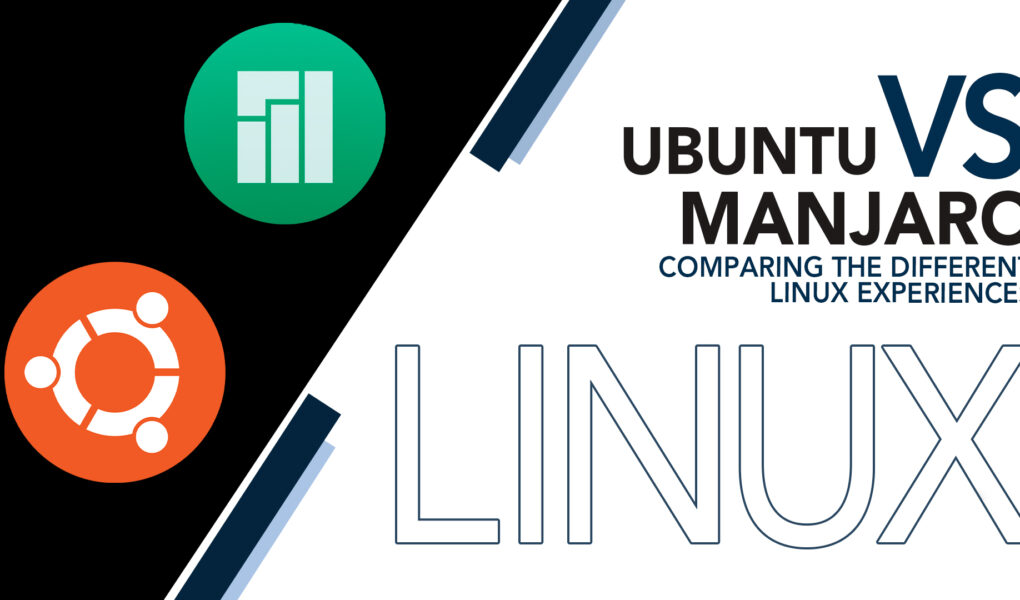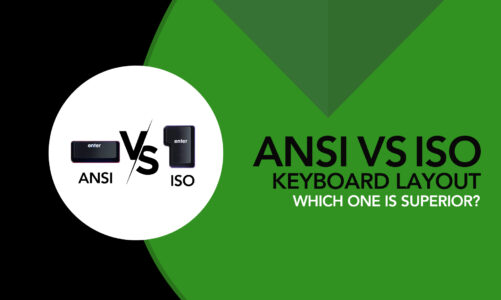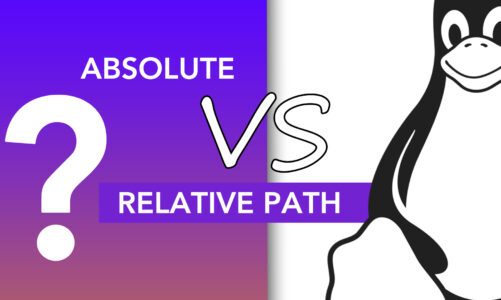In the Linux community, there is a range of distributions offered, each having distinct features, advantages, and disadvantages. Among them, Ubuntu and Manjaro are the most well-known. While both are based on the same open-source code, they differ significantly in terms of user experience, software availability, and system stability.
To help you understand in a better way, the article presents a clear comparison between Ubuntu and Manjaro so that you know which Linux distribution to go for.
1: Quick Overview
Ubuntu is one of the most prevalent Linux distributions in the world. It’s based on Debian and is known for its stability, ease of use, and strong community support. Ubuntu is an excellent choice for beginners, and it has a vast software library.
Manjaro, on the other hand, is a relatively new distribution that’s based on Arch Linux. It is recognized for its rapidity, adaptability, and rolling release strategy, which guarantees that you will continuously have access to the most recent updates and software.
2: Installation process
The first thing to consider when comparing Ubuntu and Manjaro is the installation process.
Ubuntu
Ubuntu has an easy-to-use installer that’s designed for beginners. You will be directed through each phase of the process. You have the option of either installing Ubuntu alongside your current operating system or completely replacing it. The installer will also help you partition your hard drive if needed.
Manjaro
Manjaro has a more complex installation process compared to Ubuntu. It uses the Calamares installer, which is more customizable but can be intimidating for beginners. Nonetheless, Manjaro provides outstanding documentation that can assist you in navigating through the installation process.
3: Desktop Environment
The desktop environment is another critical aspect of the Linux experience. Let’s take a look at Ubuntu and Manjaro’s default desktop environments.
Ubuntu
Ubuntu’s default desktop environment is GNOME. It is a popular desktop environment that’s easy to use and very much customizable. It has a modern look and feel and is designed to be intuitive.
Manjaro
Manjaro’s default desktop environment is XFCE. It is a lightweight and speedy interface, making it an ideal option for older hardware. It is also incredibly flexible, allowing you to modify the appearance and atmosphere of the desktop to your liking.
4: Software Management
Software management is an essential trait of any OS. Let’s take a look at how Ubuntu and Manjaro manage software.
Ubuntu
Ubuntu uses the Advanced Package Tool (APT) package manager. APT is easy to use and has an immense library of software. You can choose to install and manage software using either the Ubuntu Software Center or the command line.
Manjaro
Manjaro operates on the Pacman package manager, which is user-friendly and has a vast repository of software. You may utilize the Add/Remove Software application to install and manage software, or alternatively, you can use the command line.
5: Performance
When selecting an operating system, it is crucial to take into account both performance and stability. Let’s take a look at how Ubuntu and Manjaro perform.
Ubuntu
Ubuntu is recognized for its dependable and steady performance, with a focus on user-friendly design that functions seamlessly on a diverse range of hardware. Ubuntu may not be the fastest distribution, but it’s very stable.
Manjaro
Manjaro is known for its speed and performance. It’s designed to be lightweight and fast.
6: Community Support
Community support is essential when it comes to using any operating system. Let’s take a look at the community support for Ubuntu and Manjaro.
Ubuntu
Ubuntu boasts a vast and dynamic community that’s readily available to provide assistance. Whether you seek guidance or solutions to queries, the Ubuntu forums and subreddit offer a wealth of information. Additionally, Ubuntu provides comprehensive documentation to help you address any concerns that may arise.
Manjaro
Manjaro also has an active community, but it may not be as extensive as Ubuntu’s. However, Manjaro’s community is still highly responsive, and you can find answers to most of your questions on the Manjaro forums or the Manjaro subreddit.
7: Updates
Updates and upgrades are essential for keeping your operating system secure and up-to-date. Let’s take a look at how Ubuntu and Manjaro handle updates and upgrades.
Ubuntu
Ubuntu has a stable release model, which means that updates and upgrades are released every six months. These updates are thoroughly tested, and you can be sure that they won’t break your system. Ubuntu’s Long-Term Support (LTS) releases receive support for a duration of five years.
Manjaro
Manjaro follows a rolling release model, which implies that upgrades and updates are regularly and consistently rolled out. This model allows you to have access to the latest software and updates, but it can also be unstable at times. Manjaro also has several editions with different levels of stability, such as Stable, Testing, and Unstable.
Conclusion
If you’re a beginner, Ubuntu is an excellent choice. It’s easy to use, has a massive software library, and has a vast community to support you. Whereas, if you’re an experienced user or developer, Manjaro might be a better choice. It provides speed, flexibility, and access to the latest software and updates.
Ultimately, whichever you choose, you’ll have a powerful and highly customizable operating system that’s free and open-source.



